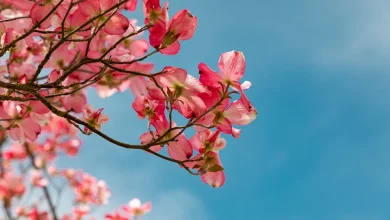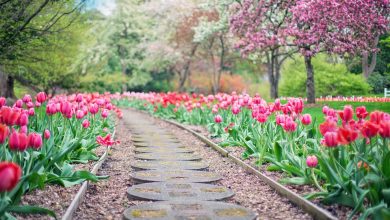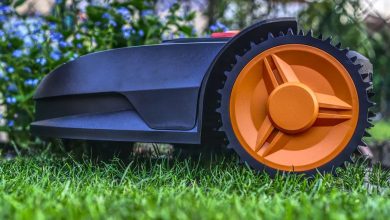The Best Fertilizing Schedule For Your Garden

Spring is the best time to fertilize perennial flowering plants. Fertilizing them at this time will prevent frost from killing tender new growth. In general, though, fertilizing in spring is a good idea for all plants. In spring, plants need help the most, and this is also the time for planting leafy greens and other early-season crops. If you’re unsure about the best fertilizing schedule for your garden, take a look at these general guidelines:
Compost improves soil texture
If you’ve ever been in a garden and noticed that your plants don’t grow as well as they should, you may be wondering what compost does for your plants. Compost is a great soil amendment and can be applied directly to beds and borders. It gradually improves soil texture and structure. This will result in healthier plants and crops. The following are some benefits of compost. Read on to learn more about this wonderful material.
Organic matter is the decayed plant and animal remains that provide nutrients to your soil. These organic materials are metabolized by soil-dwelling bacteria and microbes. This organic matter forms humus, which binds with other particles in the soil. It also improves drainage and makes it easier for plants’ roots to penetrate it. In contrast, sand has large pore spaces and is not good for plant health.
Rate of application of fertilizer
The recommended rate for a fertilizer depends on the formula and the major nutrients that plants need. For example, a typical 10-10-10 fertilizer contains 10 percent nitrogen and will need about 30 pounds to provide the proper amount for a 1,000 square-foot lawn. You should wear gloves and apply the fertilizer in sweeping motions. You can also buy broadcast applicators to drop the fertilizer evenly on the lawn and garden. Broadcast applicators are best suited for large lawns and large gardens, but can’t reach individual beds.
A balanced fertilizer needs to be applied to a garden every three to four weeks during the growing season. You should only fertilize vegetables if your soil is porous. Vegetable gardens often require a granular fertilizer at the start of the growing season. In pots, annual flowers may need to be fertilized throughout the growing season. Houseplants, on the other hand, require regular fertilization in the spring, summer, and fall. Established trees and shrubs only require fertilization every few years or so. If your plants are showing signs of poor growth or yellowing, it is time to apply a balanced fertilizer.
Seasonal fertilization schedules
Applying the right type of fertilizer at the right time is critical to ensuring the best growth of your garden. This is accomplished by following the recommended rate and frequency of fertilizer application found on the label. For example, soluble fertilizers should be applied every two weeks during the growing season, while granular fertilizers should be applied every six to eight weeks. Slow-release fertilizers, on the other hand, should be applied a single time during the growing season.
In May, you should apply fertilizer, but follow the directions carefully. Make sure to water the soil well so the fertilizer can work. Fertilizer should not be left in the soil too long, as it can enter the water supply. Especially for flowering plants, vegetable plants need frequent fertilization. Unlike roses, which need fertilization every four to six weeks, fruiting plants require more nutrients than other types of plants. To extend the release of nutrients, use slow-release fertilizers like calcium nitrate or a compost mix. Also, mulch deeply-rooted fruit and vegetable plants with a three-inch layer of compost.
Avoiding liquid fertilizer
There are many pros and cons to using a liquid fertilizer for your garden. One of the biggest is the fact that it is more expensive than granular fertilizer. Another big disadvantage is that the liquid fertilizer can separate in the winter, which could lead to over or under fertilization. Additionally, it may also require more frequent applications, which may cause your garden to receive a higher amount of fertilizer than it needs.
To preserve the potency of your liquid fertilizer, it should be stored indoors away from extreme temperatures, as exposure to both freezing and overheating conditions can degrade its quality. You should also ensure that the bottle top is tightly sealed, as any leakage will be harmful to your garden. Liquid fertilizers can last up to eight to 10 years if properly stored. When not in use, they should be stored in a climate-controlled place, such as your home or a garage that is well-insulated.



